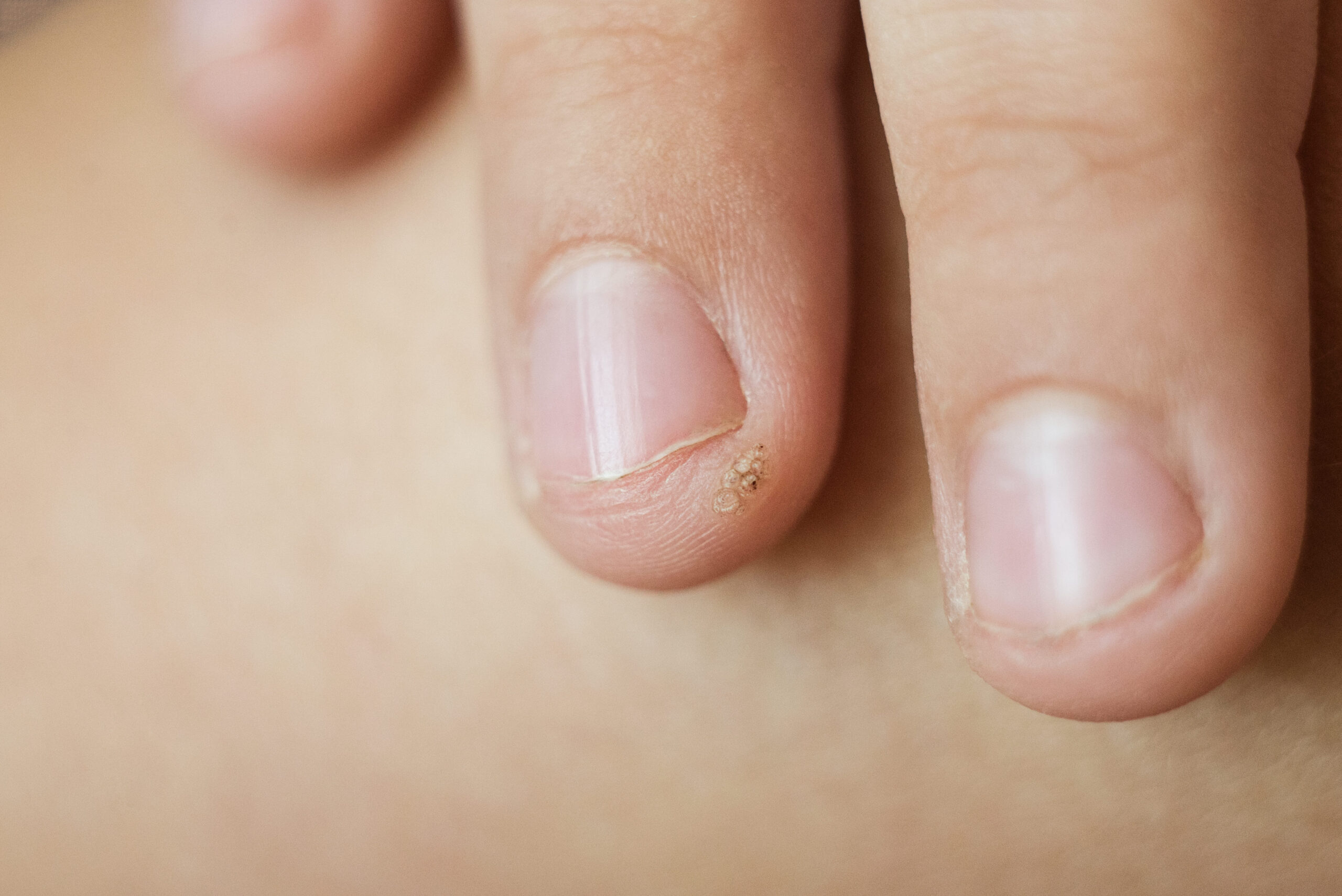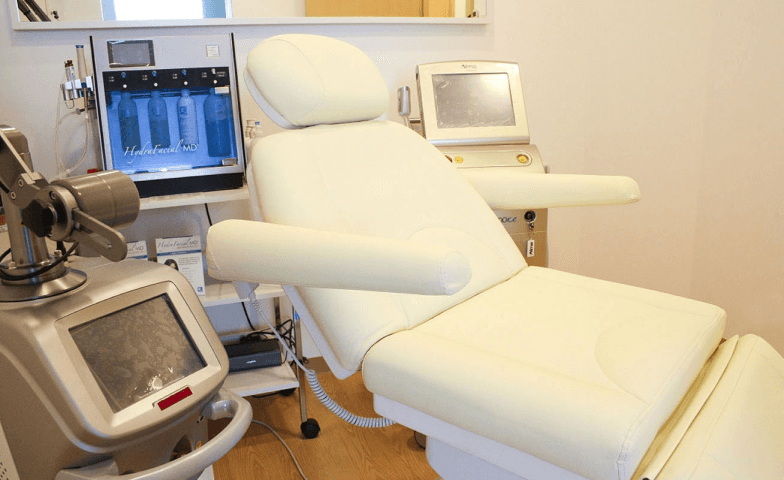Viral warts are a common skin condition caused by the human papillomavirus (HPV). They can occur on any part of the body but are most commonly found on the hands and feet. While generally harmless, they can be unsightly, uncomfortable, and can cause embarrassment or self-consciousness for those who have them.
Understanding and treating viral warts prevents them from spreading and reoccurring. In this dermatologist’s guide, we provide a comprehensive overview of viral warts, including causes, symptoms, and diagnosis. We also discuss the various treatment options available, including topical and physical treatments, as well as prevention strategies.
By the end of this guide, you should have a better understanding of viral warts and be equipped with the knowledge to effectively treat and prevent them.
Causes and Types Of Viral Warts
Viral warts are caused by the human papillomavirus (HPV) can be spread through skin-to-skin contact or contact with contaminated objects. These viruses are highly contagious and thrive in warm, moist environments like locker rooms, swimming pools, and showers.
There are over 100 different strains of HPV, but not all of them cause viral warts. Certain strains of HPV are more likely to cause warts on specific parts of the body, such as the hands, feet, or genitals. People with weakened immune systems or skin damage are also more susceptible to developing viral warts.
The most common types of viral warts include:
- Common warts: Raised, rough growths that usually appear on the hands, fingers, or nails. Common warts are usually caused by HPV types 2, 4, and 7.
- Plantar warts: These are warts that appear on the soles of the feet, and can be painful when walking or standing. Plantar warts are usually caused by HPV types 1, 2, 4, and 63.
- Genital warts: Warts that appear on the genital or anal areas, and are usually spread through sexual contact. Genital warts are caused by specific strains of HPV, including types 6 and 11.
- Flat warts: Small, flat, and smooth warts that usually appear on the face, arms, or legs. Flat warts are usually caused by HPV types 3, 10, and 28.
Treatment Options For Viral Warts
There are several treatment options available for viral warts, including topical treatments and physical treatments. Your dermatologist will determine the type of treatment depending on the type, location, and severity of the warts.
Topical Treatments
- Salicylic acid: A common treatment that dissolves the protein in the wart and gradually removes it. Salicylic acid is available over the counter in varying strengths and forms, such as gels, pads, and liquids.
- Cantharidin: Cantharidin is a vesicant that causes a blister to form underneath the wart, lifting the wart off the skin. Cantharidin is usually applied by a qualified dermatologist.
- Imiquimod: Topical cream that boosts the immune system’s response to the virus, triggering the body to fight off the wart. Imiquimod is available only by prescription by your dermatologist.
- Podophyllotoxin: Podophyllotoxin is a topical preparation which is applied directly to the surface of the wart that prevents the wart from growing and spreading by stopping the viral replication process, and is only available only by prescription from your dermatologist.
Physical Treatments
- Electrosurgery: A procedure that uses a small electric current to burn the wart off the skin. Electrosurgery is usually done in a dermatologist’s office.
- Cryotherapy: Freezes the wart with liquid nitrogen. The liquid nitrogen freezes the cells of the wart and causes the tissue to die, which eventually leads to the wart falling off.
- Laser surgery: Dermatologists use several types of lasers for the treatment of warts, including pulsed-dye lasers, carbon dioxide (CO2) lasers, and Nd:YAG lasers. The choice of laser depends on the type and location of the wart, as well as the individual patient’s skin type and medical history.
- Curettage: Your dermatologist uses a sharp instrument, called a curette, to scrape and remove the wart tissue from the skin. Curettage is generally performed in an outpatient setting, local anaesthesia will be prescribed to numb the area around the wart. During the procedure, the dermatologist will use the curette to carefully scrape away the outer layers of the wart, removing the visible growth and any surrounding tissue that may be infected with the virus until all visible traces of the wart tissue have been removed. Curettage has a high success rate compared to other physical treatments and can be particularly useful for treating smaller warts or those that are located on the surface of the skin.
- Excision: A surgical procedure that involves cutting the wart tissue and any surrounding tissue that may be infected with the virus until all visible traces of the wart tissue have been removed. Can be an effective treatment for larger warts or those located in difficult-to-treat areas.
Are Your Symptoms Affecting Your Quality Of Life?
Prevention of Viral Warts
Preventing viral warts involves minimizing exposure to the virus and maintaining good hygiene. Here are some tips to prevent viral warts:
- Practice good hand hygiene by washing your hands regularly with soap and water.
- Avoid touching or picking at warts, as this can spread the virus to other parts of the body.
- Wear protective footwear in public areas like locker rooms and swimming pools.
- Keep your skin healthy and moisturized to reduce the risk of skin damage.
- Get vaccinated against HPV, especially if you are at high risk for developing viral warts or other HPV-related conditions.
By following these prevention tips and getting early treatment for viral warts, you can reduce the risk of spreading the virus to others and minimize the impact of the condition on your daily life. Speak to a dermatologist who specializes in warts to learn more.







